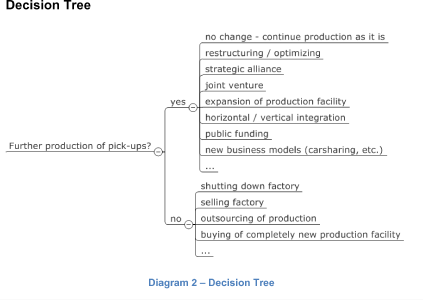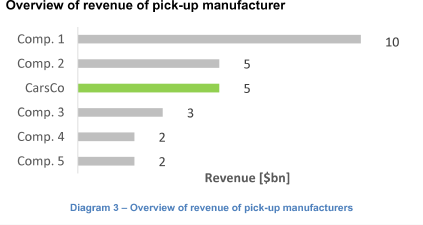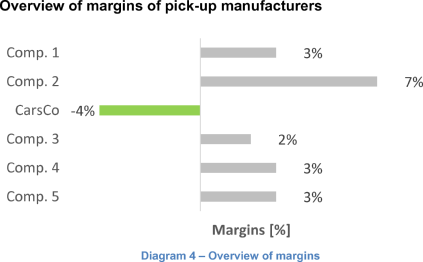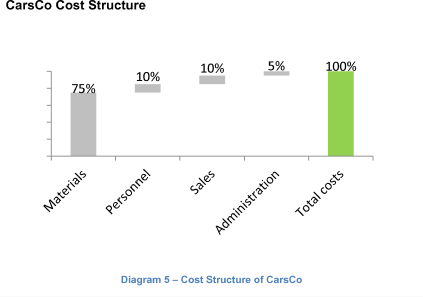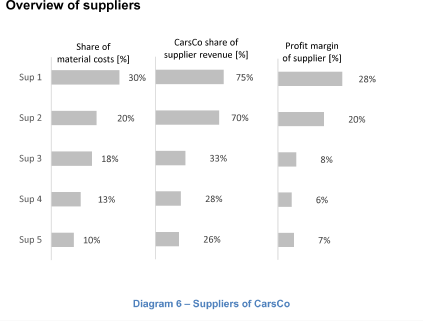Pickup Manufacturer
7.9k
Times solved
Beginner
Difficulty
The automobile manufacturer CarsCo has difficulties with the profitability of its pick-up unit in Thailand. The candidate is supposed to evaluate the situation by answering a line of questions that are presented in the “suggested approach” section.
Case Comments
I. Business – Question 1: What general options does CarsCo have for his business unit?
II. Profitability – Question 2: How would you approach the problem at hand?
III. Analysis – Question 3: What are the most important costs that occur in the automobile industry and in their relative percentage?
III. Analysis – Question 4: On which information or data should an analysis of costs of material be done?
IV. Conclusion
7.9k
Times solved
Beginner
Difficulty
Do you have questions on this case? Ask our community!
